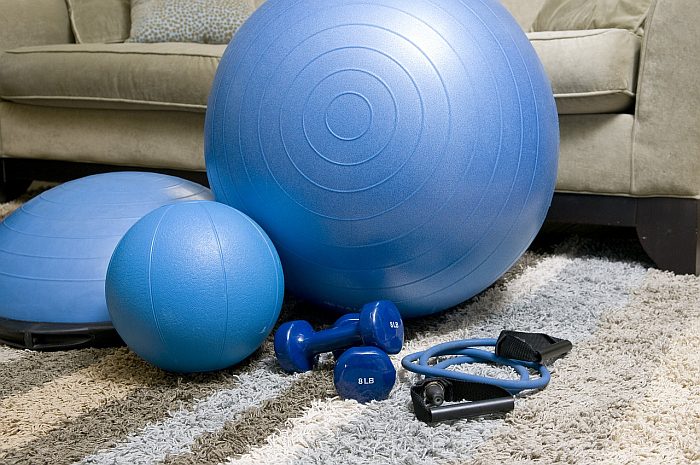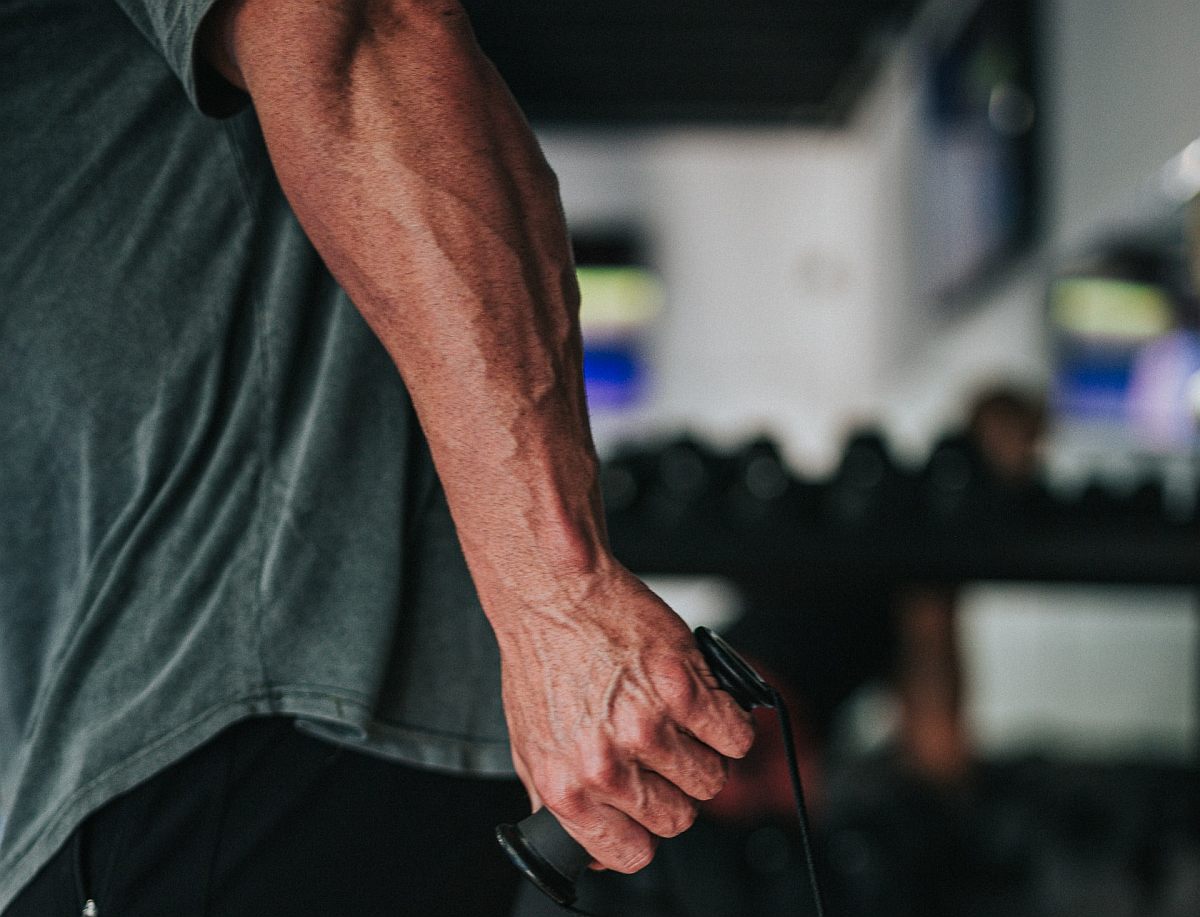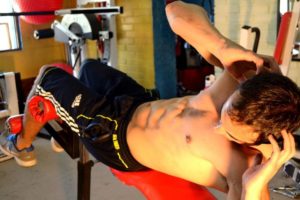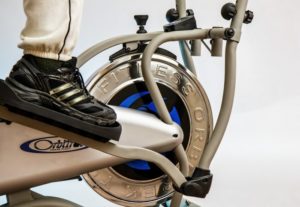Looking to shed some pounds or build muscle? Whether the goal is health, looks, or overall well-being, success depends on your routine. Going to a gym, no matter how close, could be that extra unnecessary step stopping you from making exercise a habit. A great solution to this is to learn how to make a routine without all that expensive equipment.
 Image source: Pixabay
Image source: Pixabay
Bare Basics
At home, there’s usually an open spot inside or outdoors to stretch out and work the basics. Determine what exercises are best for you. Crunches, lunges, squats, and pushups never go out of style. Add to the challenge as you progress by adding in reverse crunches, v-ups, or planking.
Start small, with no more than 20 repetitions for each. You can start with as little as one and work your way up. Keep in mind the habit of the routine is more important than the day’s results. Doing 50 repetitions of everything on your list is great, but not if you’re too worn out to keep it up. Begin below your comfort zone and ramp it up each week until you start feeling it.
Not So Basic
The basics can be pretty boring, and some find yoga a better route. There are plenty of simple poses that really work the muscles. Weight loss and muscle tone are just a few of the many benefits of including yoga in your routine. The cat, child’s, and cobra poses are good exercises to get started with.
Another option is getting out to smell the roses. Walking or jogging for a set time or distance can really break up the monotony of exercise. Not to mention the sights you may encounter along the way. If you have a bike, or even a stationary bike, this could also add to the basics. If not, the bicycle maneuver (laying on your back, cycling legs in the air) can have a similar effect.
Adding Weight
To lose weight, sometimes you have to add weight. This can mean buying weights at the store, but you can also easily make your own. Empty plastic bottles and jugs become excellent containers to grip. Just add water, or sand if the water isn’t enough. Again, begin with smaller and lighter and work your way up to prevent strain. Adapt weights to the basics while walking, lunging, or balancing the weight on your back or stomach.
Another way to add weight is to use your own body weight. Slightly adapting basic exercises to use the weight you’ve already got can be a convenient and easy solution with tons of benefits. Divebomb and handstand pushups or one-legged squats are examples of how to increase the difficulty of basic exercises. The chair and bridge pose for yoga also use body weight.
Adapting Lifestyle
Along with the usual “diet and exercise” mantra, there are other habits that can help in simple yet powerful ways. The most important of these is sleep. Exercise may help you sleep better, but better sleep means increased performance and results from your workout. Take the time to improve your sleep and you will reap the rewards.
Another simple lifestyle habit is using a waist trainer. You might be wondering how does waist trainer work? Similar to corsets, they are made of latex to bend with your body while maintaining posture. Since they don’t have any metal rods, there’s no danger of accidentally stabbing yourself mid-pose. The trainer also increases sweat production, helping you lose water weight along the way. Outside the workout, the waist trainer redistributes fat to shape your waist the way you want it. Just remember to stay safe, and if it hurts then scale it back a bit.
Keys to Success
As mentioned above, forming the habit of your routine is more important than any individual session. The secret to solidifying your workout as a habitual practice is so simple most don’t think to do it. Once you’ve settled on your workout routine, create a pre-routine.
This should be something easy, such as making a cup of tea or listening to a specific song. A simple task to kick off the routine works wonders to get the ball rolling. Over time, doing that one tiny action will train your brain to follow through with the rest automatically. This is your best defense against “off” days.
In Conclusion
Creating a home fitness routine shaves off the time spent driving to and from the gym. More importantly, it allows for greater freedom and less hassle. Workouts don’t have to be extreme or complicated to be effective. Always remember to consult your doctor or a certified trainer before attempting new exercises at home. Better to be safe and verify your routine is exactly the solution you are looking for.



Leave a Reply